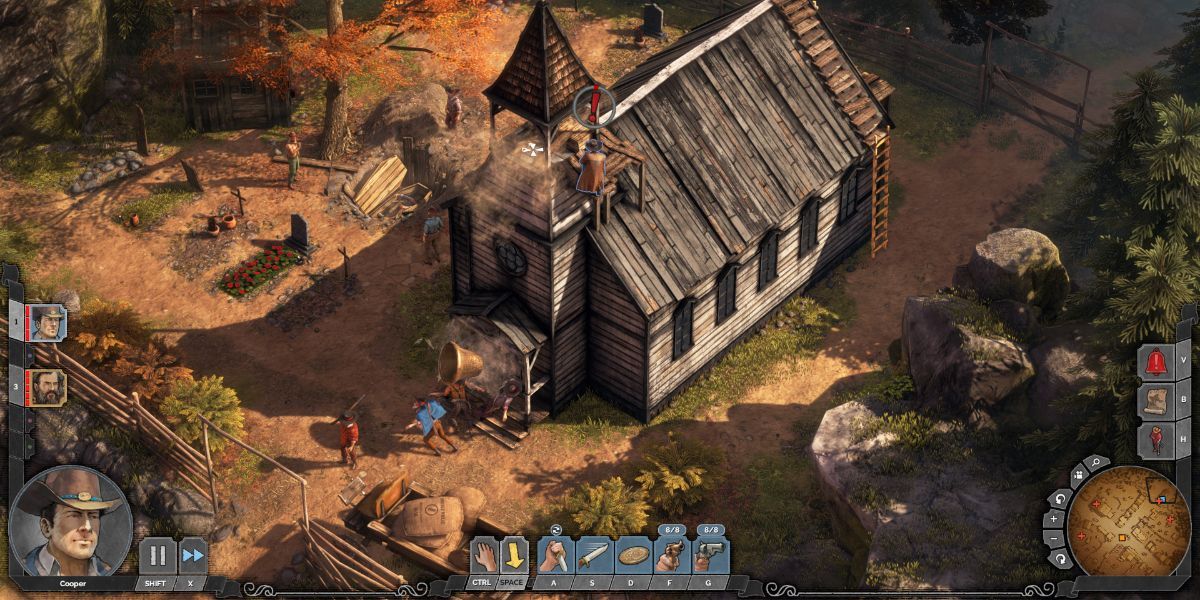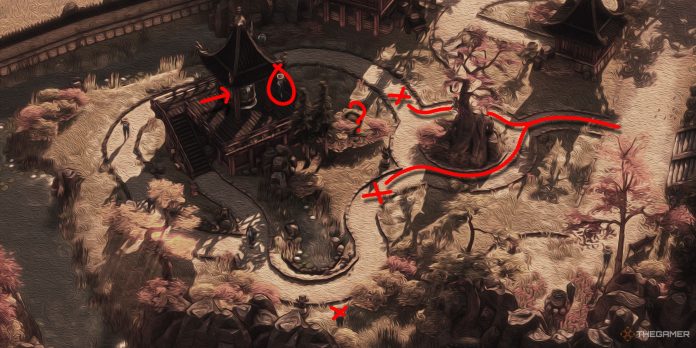A good stealth game is like playing chess; you need to make each move count, recognise and counter your opponent’s movements and strategies, and successfully pull off a checkmate before your chances are up. Okay, well, maybe chess requires a bit more intellect and strategy, but sneaky video games put my brain to work regardless, and I find that to be one of the most satisfying types of puzzles in games.
You probably wouldn’t think of stealth when someone mentions puzzle games, and that’s fair; it’s an entirely different genre. However, the more time I spend sneaking around in the shadows, watching patrols and shifts carefully, scoping out opportunities in the environment, the more I realize it’s all just one big puzzle. And no amount of dial turning or keypad combinations is going to give me the same level of accomplishment.
The Talos Principle? The Talos Invisible. The Witness? No Witness. Inside? Inside, except you have no idea that I’m here.
The Stealth Tactics Genre

First off, the core example of this idea comes from stealth tactics games. I’m particularly a fan of titles from Mimimi Games, such as Shadow Tactics: Blades of the Shogun, Desperados 3, and Shadow Gambit: The Cursed Crew. Each game, based around feudal Japan, the Wild West, and supernatural piracy, respectively, has you control a team of characters as you carry out objectives with stealth as the primary goal.
Unfortunately, Mimimi Games announced its closure in August 2023, less than two weeks after the launch of Shadow Gambit.
Each character has unique abilities, and the games require you to survey enemies’ patrol routes, carry out simultaneous actions with your crew, and often encourage you to quicksave as you experiment with your approaches. Many of these things would be familiar to fans of the classic RTS genre, but my experience with each of these games in particular is what drew me in.
With this level of strategy and the means to quickly revert saves should something not work out the way you expected, I can’t help but feel like I’m playing a puzzle game with each title. I would spend multiple hours on some of these levels, as the sandbox structure and multiple objectives would give me many ideas and opportunities, but few in which things could be pulled off without a hitch. In my determination to pull it off, I would sit back, watch, think, plot, and try to solve the puzzle in my head. Once things clicked, I could watch as my solution filled me with accomplishment, and move on to the next puzzle level.
Stealth In Regular Games

Puzzling your way through stealth doesn’t start and end with stealth tactics, though. If a game can do stealth well, then it’ll become a puzzle naturally, and I find that’s what I enjoy most – and why I enjoy stealth in the first place.
Recently, as I’ve been making my way through Death Stranding 2, I’ve been playing around with the tools I’m given when setting out to tackle a large enemy outpost. Not only is the puzzle in how I take out the enemies with no alarm or direct combat, but also in what equipment I take with me, making sure not to carry too much. It all adds to the feeling that I’m solving something ahead of me, taking the extra time to tackle it carefully and methodically.
Then I look at other games such as Uncharted or the more recent Indiana Jones and the Great Circle; both of these games are about treasure hunters, and in turn, offer plenty of traditional puzzles to solve. However, both titles also offer plentiful combat, with which comes no shortage of stealthy options. If you lean into these opportunities, it suddenly turns these action-adventure games into puzzle-adventure games, despite them already offering the classic definition of puzzles.
Even the Hitman series is a puzzle sandbox based around stealth, with multiple methods and outcomes available to you.
I look back at all of these games and realise how much time I spent plotting and planning, figuring out the perfect execution for my objectives, and trying things over and over again. Turns out, in almost every case, I remember all that much more than I remember the actual puzzles I solved.
